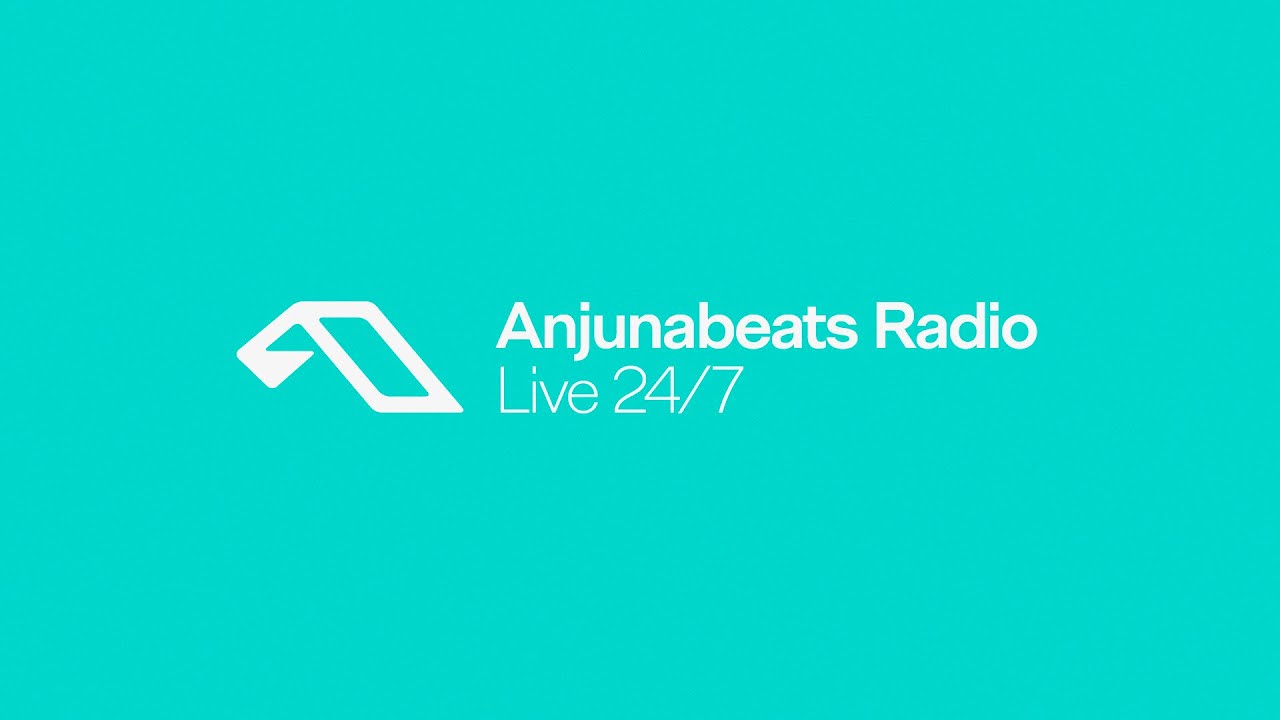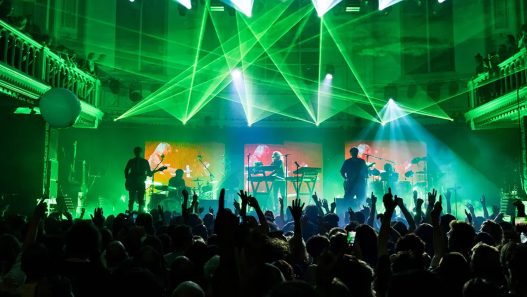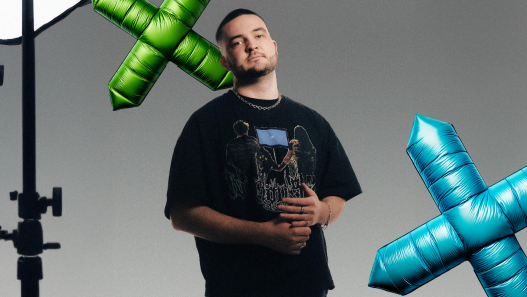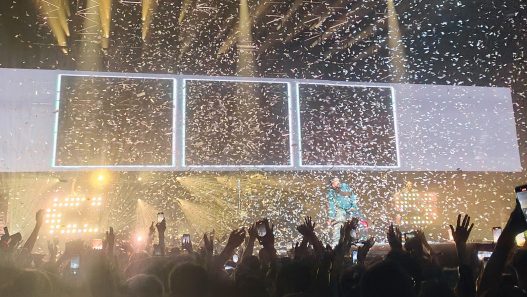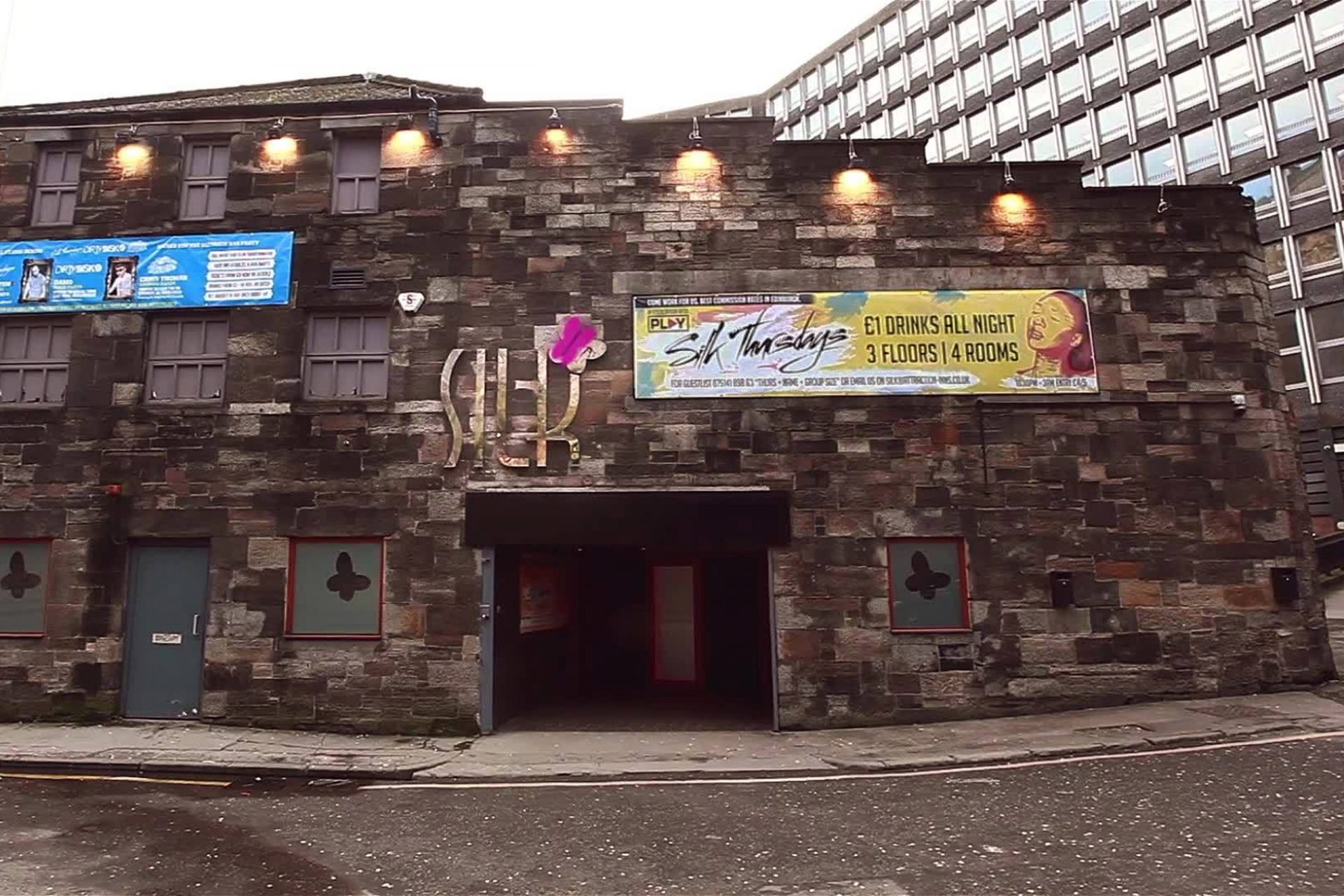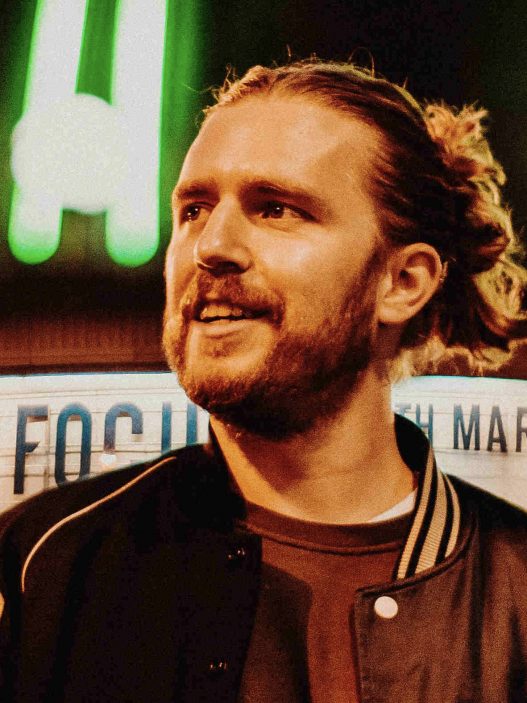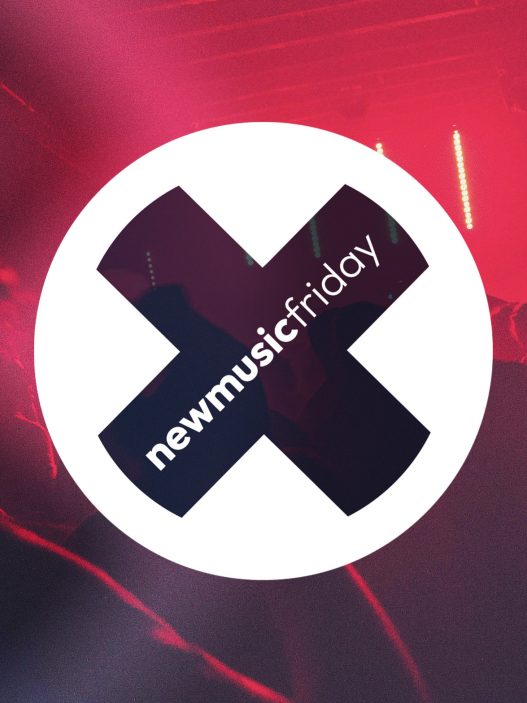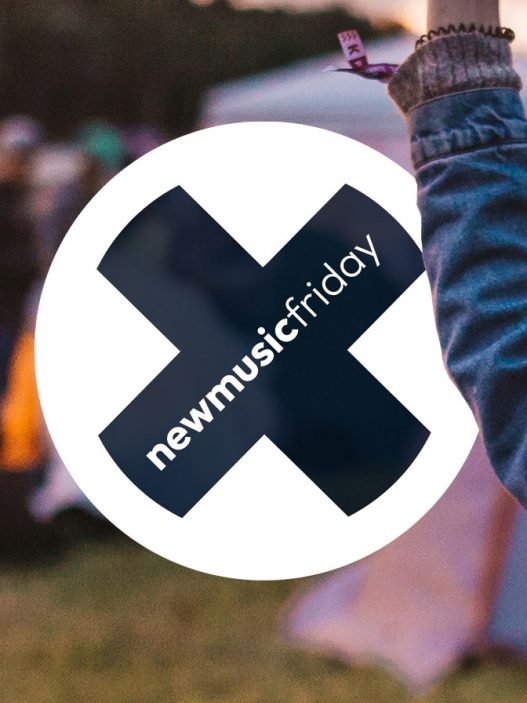Edinburgh has long been known for its rich cultural heritage, historic landmarks, and world-renowned festivals. However, for years, it also held a reputation as a vibrant hub for nightlife, offering clubbers everything from underground raves to high-end club experiences. Recently, though, the capital’s once-thriving clubbing scene has faced a steady decline, leaving many to wonder: what went wrong?
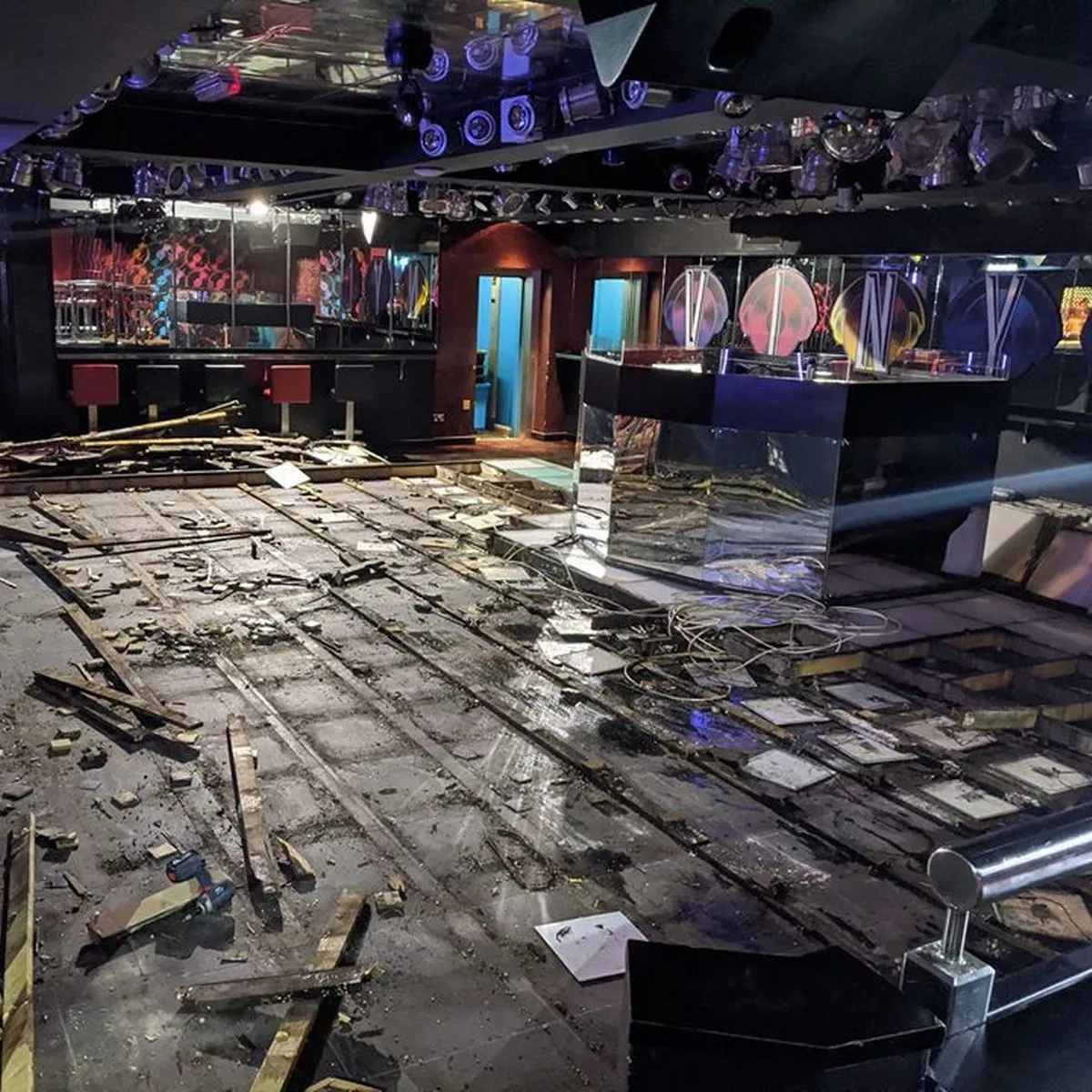
Club Closures and Changing Landscapes
Over the past decade, several iconic venues have shut their doors. Clubs like The Picture House, Studio 24, and Cabaret Voltaire (although now reopened in a different form) were once staples of the city’s nightlife, drawing in dedicated crowds. More recently, The Bongo Club and Sneaky Pete’s have struggled to maintain operations amidst rising costs and regulatory pressures.
One of the biggest challenges facing Edinburgh’s clubbing scene is the relentless wave of gentrification. As the city expands and redevelops, many club spaces have been replaced by hotels, luxury apartments, and retail developments. The demand for central real estate has made it difficult for nightclubs to survive in the face of steep rent increases and changing licensing laws.
Stricter Licensing and Noise Complaints
Another major factor contributing to the decline is the increasing difficulty in obtaining and retaining late-night licenses. Local authorities have imposed tighter regulations, making it harder for clubs to stay open past certain hours. Additionally, noise complaints from residents living near nightlife hotspots have put pressure on venues, often forcing them to either close earlier or shut down entirely.
This shift reflects a broader trend in Edinburgh, where the city centre is being reshaped to cater more to tourism and short-term visitors rather than fostering local music and clubbing culture. With fewer spaces available for club nights and underground events, clubgoers have fewer options, and promoters struggle to find viable locations to host their events.

The Rise of Alternative Nightlife
While the decline of traditional nightclubs is evident, it doesn’t necessarily mean Edinburgh’s nightlife is completely dead. The scene has adapted, with more emphasis on pop-up events, warehouse parties, and music festivals. Grassroots collectives and independent promoters are creating their own spaces for dance music, albeit in less conventional settings.
However, these alternatives often face their own challenges, from finding suitable venues to dealing with temporary event licenses. Unlike established clubs, which offered consistency and a sense of community, these one-off events make it difficult for Edinburgh to sustain a long-term, recognisable clubbing identity.
Can Edinburgh’s Club Scene Be Revived?
Despite these challenges, there is still hope for a revival. Advocacy groups and nightlife campaigners have been pushing for more supportive policies that protect and promote club culture. Cities like Glasgow have successfully managed to balance nightlife with urban development, proving that clubbing culture can thrive alongside city growth.
For Edinburgh to reclaim its reputation as a nightlife hotspot, a shift in priorities is needed. More support for grassroots venues, fairer licensing policies, and greater recognition of clubbing as a cultural asset rather than a nuisance could help bring life back to the city’s dancefloors.
Until then, the question remains: is Edinburgh’s clubbing scene in its final days, or is this just a temporary lull before a new wave of nightlife emerges?
